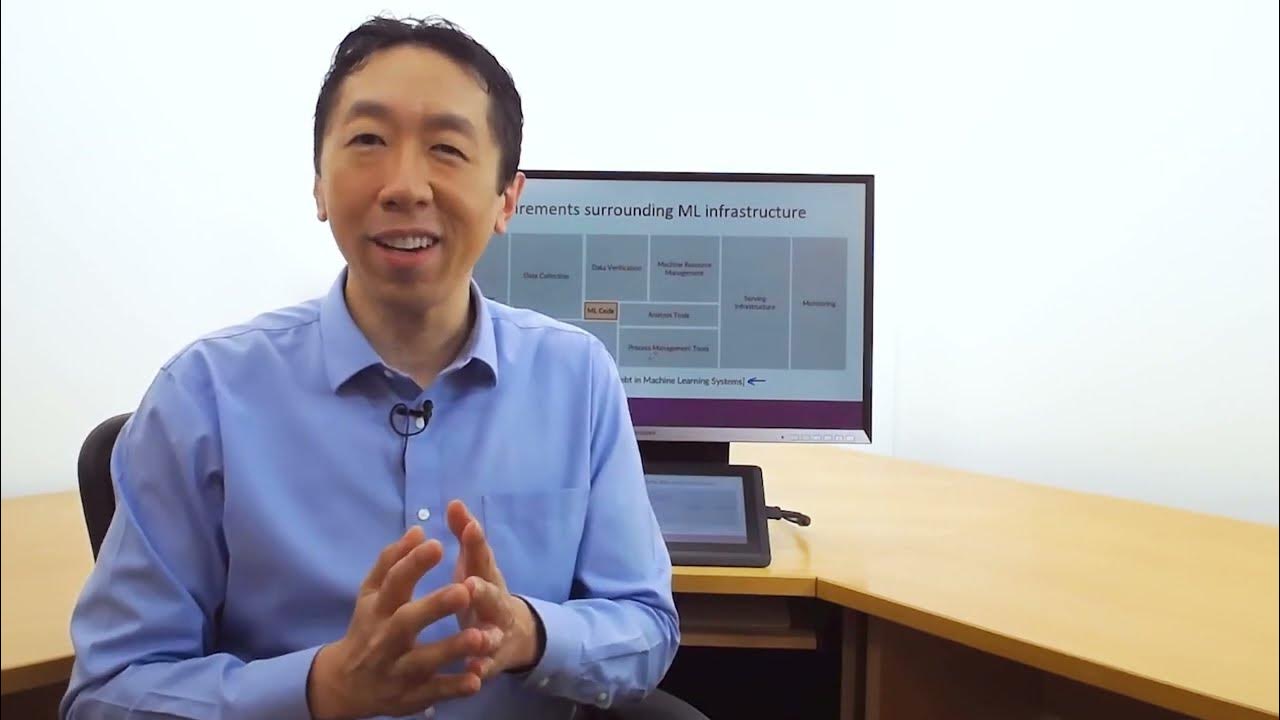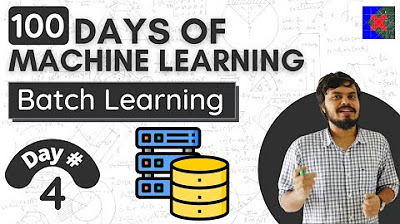PENGANTAR SAINS DATA—DEPLOYING MODEL (KLP 7)
Summary
TLDRThis video explains the concept of deploying machine learning models in real-world scenarios, emphasizing how models are transferred from development to production environments for real-time predictions. It covers practical examples like fraud detection, product recommendations, and sentiment analysis, as well as the technologies involved, such as APIs and model storage. The script also explores market segmentation, demonstrating how businesses can tailor marketing strategies based on customer demographics, behavior, and location. Finally, it delves into risk analysis, outlining how to identify, assess, and mitigate potential risks in projects to ensure better decision-making and preparedness.
Takeaways
- 😀 Deploying a model in data science means applying a trained model into a production environment so it can be used for real-time predictions.
- 😀 A model is created by training algorithms on data, and deploying it involves making it accessible to systems or users for predictions.
- 😀 Common examples of deployed models include fraud detection systems, product recommendation engines, and sentiment analysis tools.
- 😀 The technology used for deployment often includes APIs (like Flask or FastAPI) and model storage formats (like Pickle, Joblib, or ONNX).
- 😀 Economic trend prediction models can help forecast changes in price or unemployment based on historical data and patterns.
- 😀 Segmentation of markets into smaller groups based on shared characteristics allows companies to tailor marketing strategies more effectively.
- 😀 Market segmentation can be done demographically, geographically, psychographically, or behaviorally.
- 😀 Segmenting the market helps businesses understand customer needs better, optimize marketing strategies, and improve customer loyalty.
- 😀 Machine learning models can automate market segmentation by analyzing large volumes of customer data to categorize individuals into segments.
- 😀 Risk analysis identifies potential threats in a project, evaluates their likelihood and impact, and creates strategies to address them.
- 😀 The goal of risk analysis is not to avoid all risks but to prepare and mitigate them effectively to minimize negative outcomes.
Q & A
What does 'deploying a model' mean in the context of data science?
-Deploying a model means applying a trained model into a production environment so that it can be used by end-users or systems to make real-time or batch predictions.
What is the purpose of deploying a model?
-The purpose of deploying a model is to enable its use and accessibility by applications, websites, mobile dashboards, or other systems, allowing it to make real-time or batch predictions.
Can you give an example of a model that can be deployed?
-Examples include a fraud detection model for credit card transactions, a product recommendation model for online stores, and a sentiment analysis model for reading and categorizing customer feedback.
What is the role of APIs in model deployment?
-APIs (Application Programming Interfaces) are commonly used in model deployment to allow different systems or applications to interact with the model, such as using Flask or FastAPI to integrate the model into a web or mobile application.
How does economic trend prediction relate to deploying models?
-Economic trend prediction uses historical data to make future predictions, such as forecasting price changes or unemployment rates. Deploying these models allows real-time predictions, helping decision-makers prepare for future economic shifts.
What is the first step in deploying a model for economic trend prediction?
-The first step is to collect relevant historical data, such as the prices of goods or services, over a set period of time.
What is market segmentation and why is it important?
-Market segmentation is the process of dividing a broad market into smaller groups based on shared characteristics or behaviors. It allows businesses to create targeted marketing strategies for different groups, improving efficiency and effectiveness.
How can machine learning be used for market segmentation?
-Machine learning models can analyze customer data, such as purchasing behavior and demographics, to automatically identify and segment customers into distinct groups. This segmentation can be deployed in customer relationship management systems for continuous use.
What are the four types of market segmentation mentioned in the script?
-The four types of market segmentation are demographic segmentation (based on age, gender, etc.), geographic segmentation (based on location), psychographic segmentation (based on lifestyle or values), and behavioral segmentation (based on purchasing habits and loyalty).
What is risk analysis and why is it essential in project management?
-Risk analysis is the process of identifying potential problems in a project, assessing their likelihood and impact, and creating strategies to prevent or mitigate them. It's essential for preparing for unforeseen issues and minimizing potential losses in a project.
Outlines

هذا القسم متوفر فقط للمشتركين. يرجى الترقية للوصول إلى هذه الميزة.
قم بالترقية الآنMindmap

هذا القسم متوفر فقط للمشتركين. يرجى الترقية للوصول إلى هذه الميزة.
قم بالترقية الآنKeywords

هذا القسم متوفر فقط للمشتركين. يرجى الترقية للوصول إلى هذه الميزة.
قم بالترقية الآنHighlights

هذا القسم متوفر فقط للمشتركين. يرجى الترقية للوصول إلى هذه الميزة.
قم بالترقية الآنTranscripts

هذا القسم متوفر فقط للمشتركين. يرجى الترقية للوصول إلى هذه الميزة.
قم بالترقية الآنتصفح المزيد من مقاطع الفيديو ذات الصلة

#1 Machine Learning Engineering for Production (MLOps) Specialization [Course 1, Week 1, Lesson 1]

Introduction to Amazon SageMaker

Deploying a Machine Learning Model (in 3 Minutes)

Bayesian Estimation in Machine Learning - Training and Uncertainties

Metode Penelitian Di Machine learning

Batch Machine Learning | Offline Vs Online Learning | Machine Learning Types
5.0 / 5 (0 votes)
